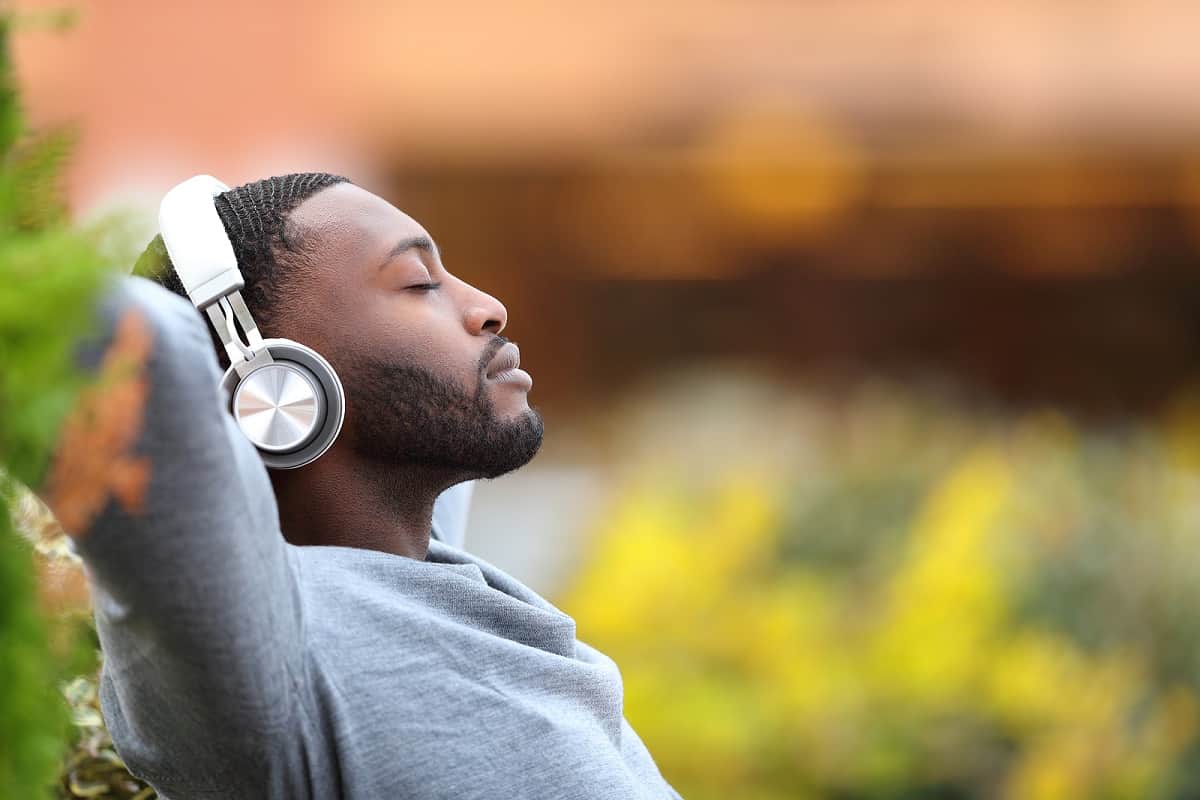- Volunteering for Hearing Health Causes - May 27, 2025
- Questions to Ask During Your Hearing Health Appointment - May 16, 2025
- Exploring Alternative Therapies for Hearing Loss - May 6, 2025
With one in eight people experiencing hearing loss in the United States the risk seems to be higher than ever. Commonly mistaken as a condition only affecting older adults, it’s important to understand that hearing loss can happen to anyone of any age at any time. There are so many causes of hearing loss we encounter every day. While some of these causes may occur at work, so many risks to hearing may happen in the “safety” of your own home.
How Loud is Too Loud?
Much of the damage to hearing in the US occurs due to exposure to loud sounds at work. The Center for Disease Control and Prevention reports that approximately 12% of all workers have hearing difficulty. About 16% of noise-exposed tested workers have a material hearing impairment. The volume or loudness of sound is measured in decibels and any exposure louder than 85 dBA can cause permanent hearing damage. However, it’s not just the decibel level but the length of exposure. At 85 dBA the ears can listen for eight hours before damage occurs. However, as the level rises, the amount of time for damage to occur decreases. For every three incremental rises in decibel the time for exposure is cut in half! Because of the nature of noise induced hearing loss, a place like work, where we spend eight hours or more, day after day, week after week, year after year is the perfect storm for long term hearing loss. However, there are sources which put our hearing at risk all around us- even in the safety of our own home. Here are just a few.
Earbuds & Headphones
Many of us use headphones to listen privately in public settings or even to get some privacy at home. However, headphones can deliver decibels as high as 110 dBA directly to our ear canal. This is loud enough to damage your hearing permanently in less than 15 minutes! Make sure to keep the volume of your headphones down to 60 percent of the possible volume and take listening breaks every 30-60 minutes to give your ears a rest! For many who use headphones to block out other noises, it can drive the volume up high. As a solution to keep the volume lower, many are now enjoying active noise canceling technology in their headphones. This innovation detects the ambient noise of your environment and cancels the sound by emitting an inverted wave. This allows you to keep the volume at a safe level and hear through your headphones with clarity.
Appliances
Home appliances make our lives easier, however, some of them can be so loud that they pose a risk to our ears. One may not be loud enough to reach the threshold for hearing loss but combined with others running at once can build up to dangerous levels. For instance, your vacuum cleaner is likely to be between 70 and 90 dB, while your blender can reach up to 100 decibels. Mixed with a noisy air conditioner unit and a washing machine, the decibel level can build up and make your home dangerously loud for you and the whole family.
Power Tools
It’s nice to get things done by a professional, but sometimes, doing it yourself can not only save money, but become a valuable learning experience as well. However, make sure you do extensive research first, so you don’t end up learning the hard way. Mistakes during DIY projects can add up to added expense and even hearing damage. For instance, a power drill can be 100 dBA, gas lawn mower (105 dBA), and a chainsaw (110 dBA. Make sure you come prepared with hearing protection to maintain your hearing for the future.
Cotton swabs
Not all risks to your hearing come from noise. Often damage comes when attempting a hygiene routine. A popular misconception which needs to be corrected is that cotton swabs are the tool for cleaning ears. However, cotton swabs are a common cause of damage to hearing and the inner ear by causing impactions of wax or damage to the eardrum. Earwax helps protect the ear from infection and works to move dirt and dust from the ear canal. The safest way to clean the ear is to use a couple drops of mineral oil. Let it sit in each ear while laying on your side for about 15 minutes each. Then take a hot shower. The oil should loosen the ear wax and it should leave the ear as the hot water makes it soft. All you have to do is wipe it from your inner ear with a damp washcloth.
For more tips on protecting your hearing or treating a possible hearing loss, contact us today to set up a hearing exam.

